Premium Only Content
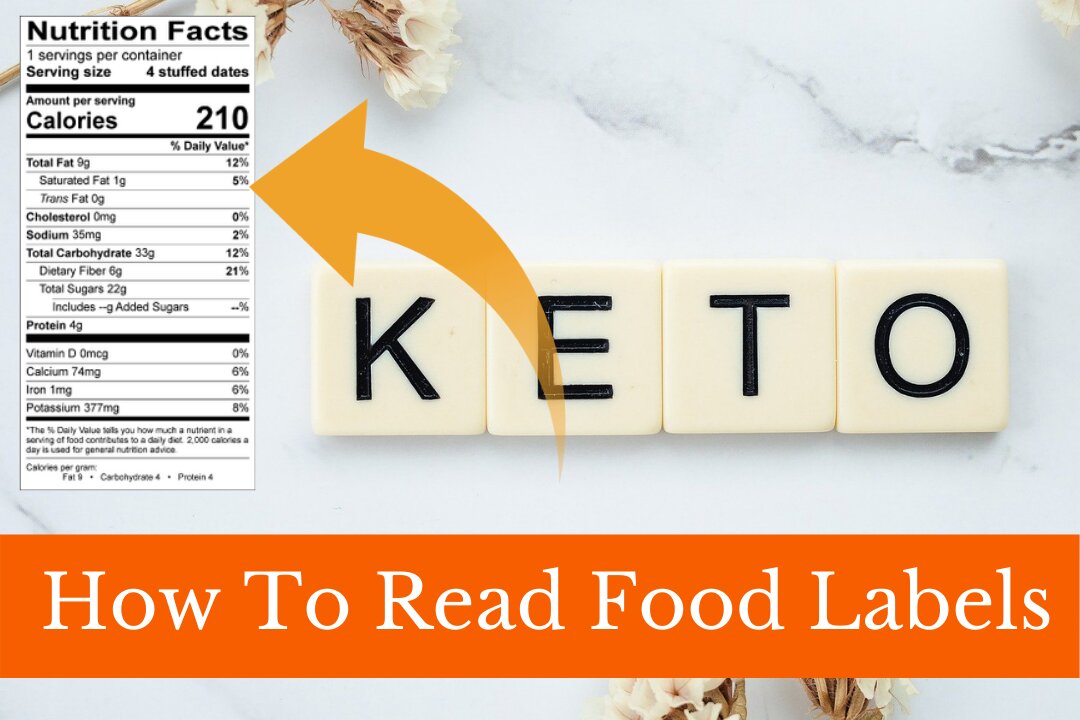
The Healthy Keto Diet - How To Read Food Labels - Ketosis For Health - The Ketogenic Diet
Over 75 percent of the foods that we see in our supermarkets are processed foods but what does that mean?
(Previous video in Keto series https://bit.ly/KetoFoodLabels)
It means that the food industry the food giants create the foods out of the raw materials. During this process additives are introduced to either preserve them or make them taste better.
Over the last 75 years food has been driven by profit. Processed foods are made to be purposefully addictive - let that sink in for a second ...
The industry uses agents called 'repeat appeal agents', which means that you're addicted to the taste, the sugar or other additives like mono sodium glutamate and you come back and you buy more.
The food industry is required to identify all the ingredients on the food label but unless you have a degree in biochemistry it can be hard to find out exactly what is in the package. You need to understand the ingredients to know if the food is fit for ketosis or for general health but the industry hides ingredients on the food label with deceptive names and technical terms.
Fortunately with a bit of knowledge you can decipher the labels and find out exactly the correct nutrition that you need for a healthy keto diet.
Mono sodium glutamate tricks our brain into thinking that we're eating something savory, something really nice tasting, which is obviously healthy. NSG has been linked to cardiovascular problems and it also over excites the neurons in the brain leading to some forms of brain damage.
In the eighties the health impact was considered so severe that mono sodium glutamate was removed from processed food. Also we found that industry simply renamed it and added it in other forms. Mono sodium glutamate is produced during some manufacturing processes of certain ingredients that go into our food.
Due to this bogus technicality it doesn't have to be called MSG on the food labels. It's labeled as the original substance that was put into the food before it was processed. This means consumers have no idea that MSG is in the food they are eating.
Anything enzyme modified, anything protein fortified, calcium carbonate, calcium
glutamate, potassium glutamate, soy protein concentrate, soy sauce extract, textured protein, whey, protein isolate and yeast extract - these are all of the names for MSG.
Next time you're out shopping take a look at a few labels and see how many you can spot. MSG isn't the only addictive substance added to processed foods. Sugar is another one that keeps people coming back for more. People are secretly addicted to sugar.
Naturally, human beings are not greedy. We are simply addicted to the sugar that is put into our food without our knowledge. The food industry claims that its consumer choice. We decide what we eat but this would only be true if it was free choice and if we had all the information at hand.
How are we meant to stay informed when food labelling purposefully hides sugar for the success of ketosis and sticking to that Keto diet? Sugar is definitely off the menu.
It would be good if every food package had a label saying this product is full of sugar but it's really not like that. Ingredients are listed on the label in order of size, so the biggest ingredient is the first and then the second is the next biggest.
Sugar will often be listed multiple times, three, four, five or even more. Different types of sugar could be used in one product and often are. Sugars are hidden under this long list of names you see on the screen. Manufacturers claim that sugar is required to make the food last longer and also to change the texture into something more edible.
This is not true. Sugar is added to make us addicted to the food so that we buy more and we eat more. Unbiased research studies show that overconsumption of sugar is related to cancer, both creating cancer and promoting it when it arrives.
Let's break down a typical food label that you'll find on a processed food package in the supermarket. Keep in mind that over 76 percent of all the processed foods you will find there have added sugars and so are therefore not good for ketosis and the keto diet.
Look at the serving size indicated on the package and manufacturer may make this serving size unrealistically small so that it looks healthier. Very often you'll find that a serving size is not nearly enough. We sometimes eat 2, 3, 4 times the amount recommended. Make sure the amount you eat if you buy this product is similar to the serving they suggest.
The calorific value of food is the energy released when it's burned in a special oven in a laboratory. Your body is not an oven. It can be a useful measure especially if you want to lose weight, but it's much better to use your own macro calculations, as we'll see in a later video.
The percentage daily value is how much ayou re eating based on a recommended daily guides. However, guidelines you find on the Internet or on the label are heavily influenced by the food industry. Also keep in mind some saturated fats specifically coconut are great for you. The vitamins they recommend will help keep you alive for sure but they may not help you thrive.
Trans fats are much less healthy. Avoid these totally. You need cholesterol to make specific hormones but there are natural sources like eggs and these are much better than processed foods. Of course you need to keep an eye on this if you already have raised cholesterol levels.
Sodium or salt count is useful if you are a low sodium diet because high levels of salt can elevate your blood pressure. That sodium is definitely needed for the Keto diet. Total Carbohydrates is the most important bit of the label from a Keto perspective and the total is made up of several elements.
Carbohydrates from fiber are good. They feed your intestinal bacteria and not you. They do not count as carbs. Onn keto you definitely want to avoid carbohydrates from sugar. There are a lot of carbs which are neither fiber or sugar but they still count. These could be starch or other forms of carbohydrates
Very often net carbohydrates does not appear on food labels as a figure. Take the total carbohydrates and subtract the carbs from fiber. We also need to keep track of protein when we're entering ketosis and a Ketogenic diet indicates that we need to track this protein macro for the Keto diet.
You need to be careful and avoid all sugars, so you need to learn to be a label detective or even better, avoid processed and packaged foods and instead choose fresh food that doesn't need a label. Be especially careful when you're dealing with processed foods that are labeled as healthy or diet.
Very often they're anything but you need to use your newly found detective skills to find out exactly what's inside the food..
Take a look at these ingredients for a favorite American snack called a Twinkie. See how much sugar mono sodium glutamate and other additives you can find as a food detective.
-
 5:12
5:12
JimBruce
4 years ago $0.03 earnedKeto Diet - Introduction to Ketosis - Health Benefits Of The Keto Diet
67 -
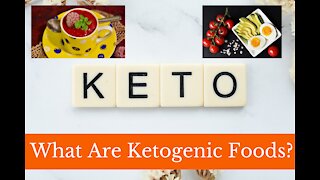 4:50
4:50
JimBruce
4 years agoWhat are Keto Foods? Ketosis For Health and The Keto Diet - Choosing Ketogenic Foods Video 3
611 -
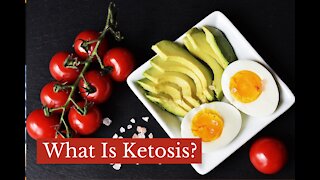 3:39
3:39
JimBruce
4 years agoThe Keto Diet For Health - What Is Ketosis? How Does It Benefit Health? Video 2
151 -
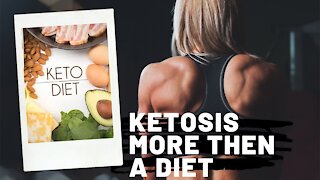 8:02
8:02
Final Start Fitness
4 years ago $0.03 earnedHealth Benefits Of Ketosis
222 -
 2:30
2:30
KGTV
4 years agoHealthy Holiday Food & Beverage Finds
10 -
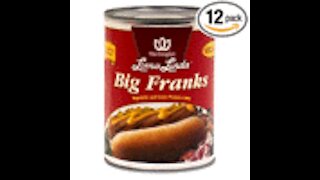 1:46
1:46
JimmysMooies
4 years agoHealth Food Store. Vegetarian Food. Free Shipping
79 -
 1:03:09
1:03:09
The White House
6 hours agoPress Secretary Karoline Leavitt Briefs Members of the Media, Mar. 11, 2025
74.5K52 -
 1:07:03
1:07:03
Winston Marshall
5 hours agoEXCLUSIVE : Oliver Anthony On Life After ‘Rich Men’, The Christian Counter Culture and The Elites
47.2K9 -
 1:44:47
1:44:47
Russell Brand
6 hours agoDigital Censorship & Political Warfare: X Attacked, Rand Paul Rebels, Free Speech on Trial – SF551
140K20 -
 LIVE
LIVE
tastylive
5 hours agoLIVE Stocks, Options & Futures Trading with the Pros! (Market Open -> Close & More) March 11th, 2025
161 watching